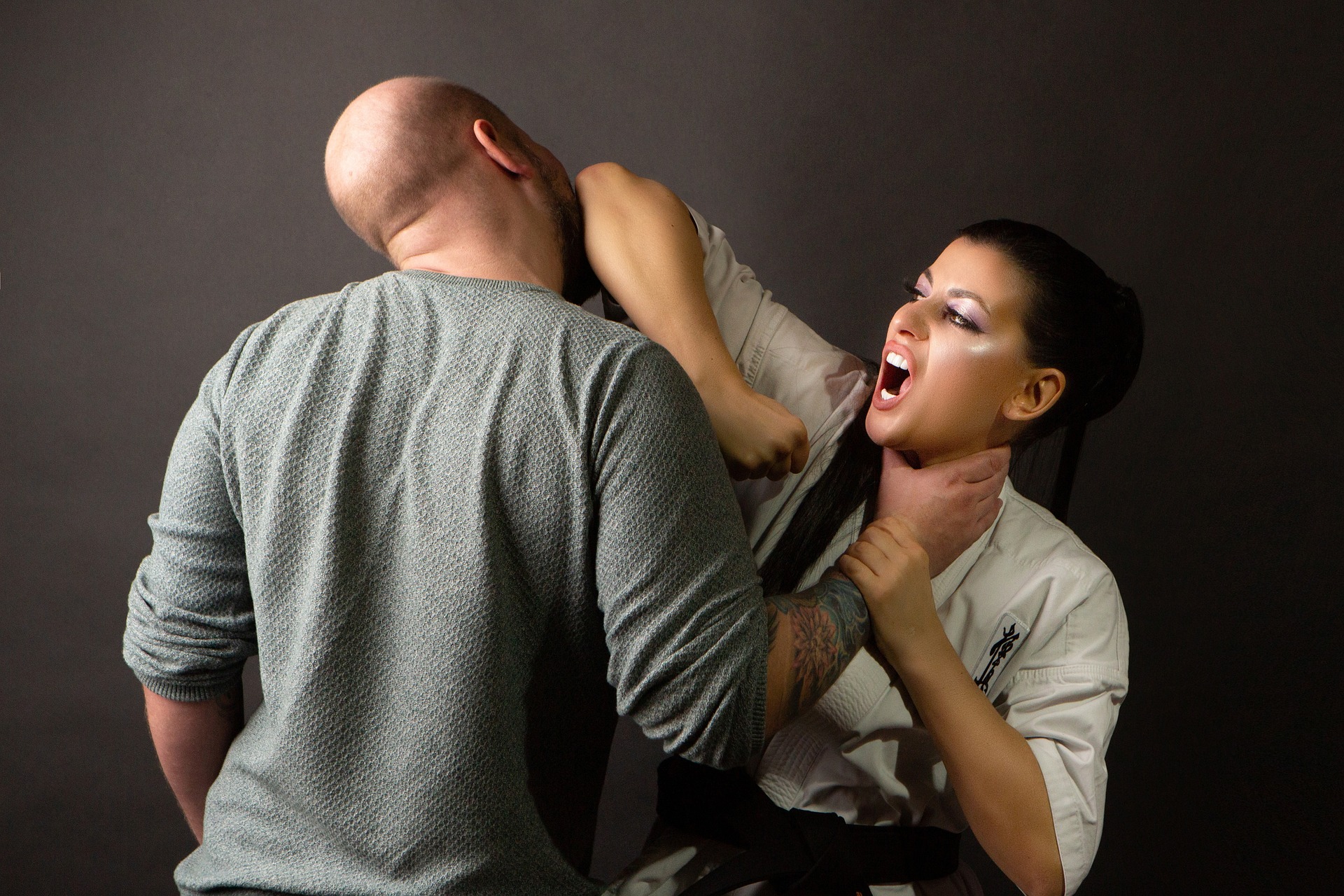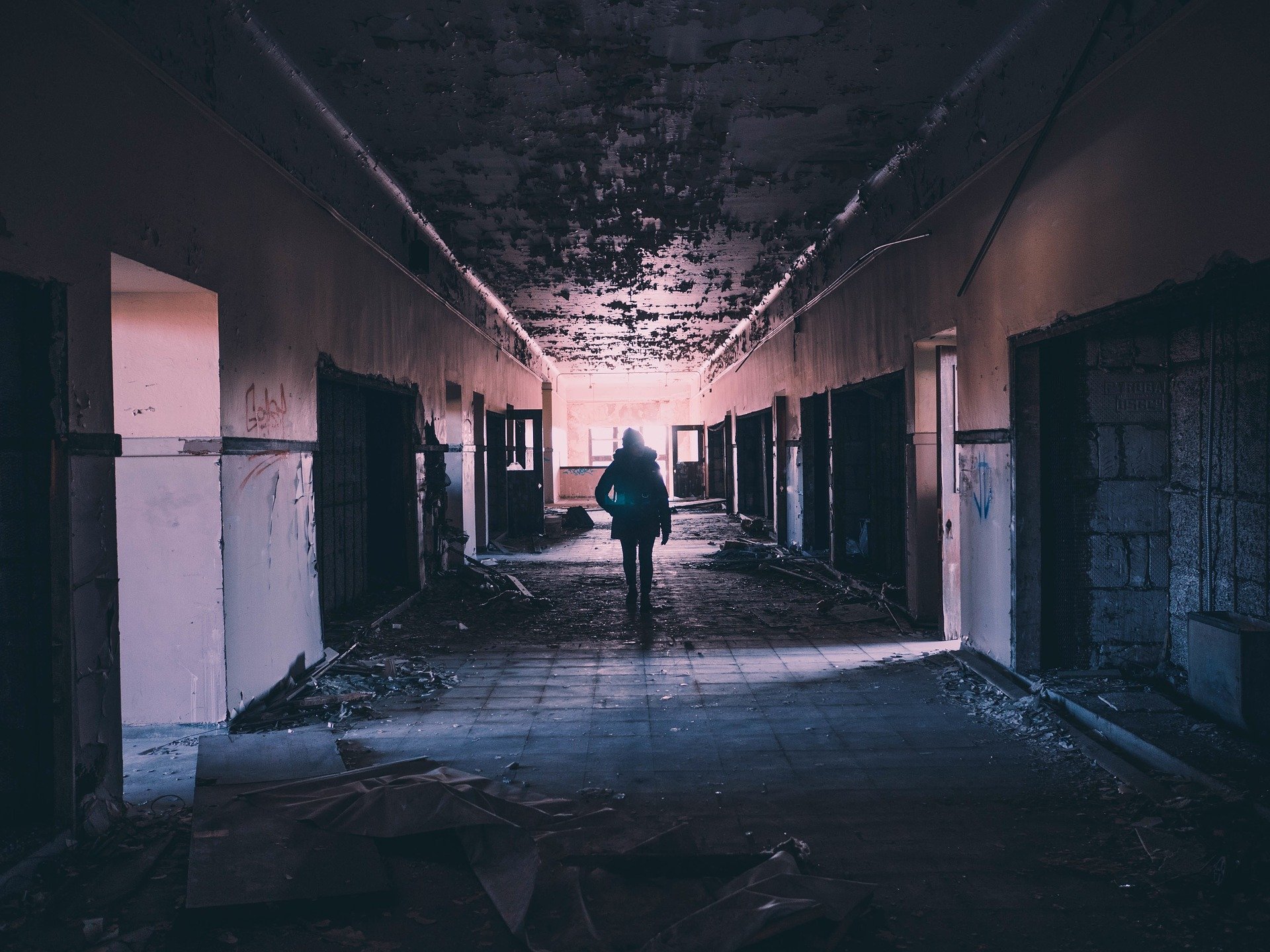I remember the first time I was punched. It was my teacher demonstrating a technique, and he punched hard. Years later, when I was in an actual fight, a knucklehead punched me. I was stunned, not by the punch itself but because it didn’t hurt. It was lame compared to the punches I absorbed in class. A smile grew on my face as the look of dread flooded the knucklehead’s face.
Training methodologies have evolved over the years. Forty years ago, rigorous training with plenty of bumps and bruises was the norm. Today, while the approach may differ, the need for realistic self-defense training remains crucial. Body Contact Theory (BCT) emphasizes the importance of hard practice, getting used to physical contact, and enduring the occasional bruise. But what is the benefit of all that discomfort? Let’s explore why BCT is essential for real self-defense applications and how it can prepare you for a real fight.
Conditioning Your Body for Contact
One of the most significant aspects of BCT is conditioning your body to handle the physical contact experienced in a real fight. Getting hit and hitting something hard are sensations that can be quite disconcerting. If you’re unfamiliar with these sensations, your body might freeze or stall as you attempt to comprehend what’s happening. Regular exposure to physical contact helps you become desensitized to the pain and shock, allowing you to focus on combat or self-defense rather than the discomfort of a bruise or the pain in your knuckles. In a real fight, your attention should be on attack and defense, not on how much you hurt. Save those emotions for when you’re safe.
“Practice hard and get use to the contact because you can’t block everything.” – Sifu Bagnas
Understanding You Can’t Block Everything
Another critical lesson from BCT is the understanding that you can’t block every attack. A punch or kick will inevitably get through your defenses at some point. The better your skills, the fewer times you’ll get hit, but hits are inevitable. Often, the first hit – the sucker punch – signals the start of a fight. As martial artists, we don’t start fights, but we do finish them. Recognizing that getting hit is part of the process allows you to prepare mentally and physically for real combat situations.
Overcoming Pain and Staying Focused
A vital aspect of BCT is learning to overcome the contact and the pain and push through it. You might hit the ground hard, but that shouldn’t deter you. In a fight, every second counts, and you can’t afford to waste time on unproductive reactions. Stay focused on the fight, not the pain. Fights typically last only a few seconds; in those crucial moments, maintaining your focus on defending yourself and countering your opponent is paramount.
“Train hard, be humble, fight dirty.” – SGM Bob Maschmeir.
Learning Through Hard Contact
Hard contact is an invaluable teacher. When you block and miss, the resulting hit serves as an immediate and powerful lesson. Your body naturally avoids pain, and you can harness this instinct to improve your martial arts skills. After a few blows to the head, your body will quickly learn to block more effectively, embedding the technique into muscle memory. The aversion to getting hit accelerates your learning process, making you a more proficient fighter.
Building Resilience
One day, you might face a formidable opponent in a real altercation. When that big thug hits you square on, you might be surprised that you only scoff, realizing you’ve been hit harder in class. The rigorous training and the countless hits you’ve endured will pay off at the most critical times, giving you the resilience and confidence to defend yourself effectively.
Gradual Introduction to Contact
It’s essential to introduce yourself to BCT gradually. White belts should avoid contact until they develop the necessary skills to absorb and handle it. Intermediate ranks begin to experience contact in a controlled manner, and by the time you reach Brown Belt, there should be significant body and ground contact. Like all aspects of martial arts training, gradual progression ensures you build the necessary foundation without overwhelming yourself.
Body Contact Theory is an essential component of effective martial arts training. It prepares you for the realities of a real fight by conditioning your body, teaching you to handle pain, and building resilience. Embracing BCT ensures you’re learning techniques and ready to apply them in real-world situations.
Start integrating Body Contact Theory into your training today. Whether a beginner or an advanced martial artist, there’s always room to improve your resilience and readiness for real combat. Talk to your instructor about incorporating more realistic training into your routine and commit to pushing your limits safely and effectively. Remember, every step you take in your training brings you closer to being prepared for whatever challenges you may face.



